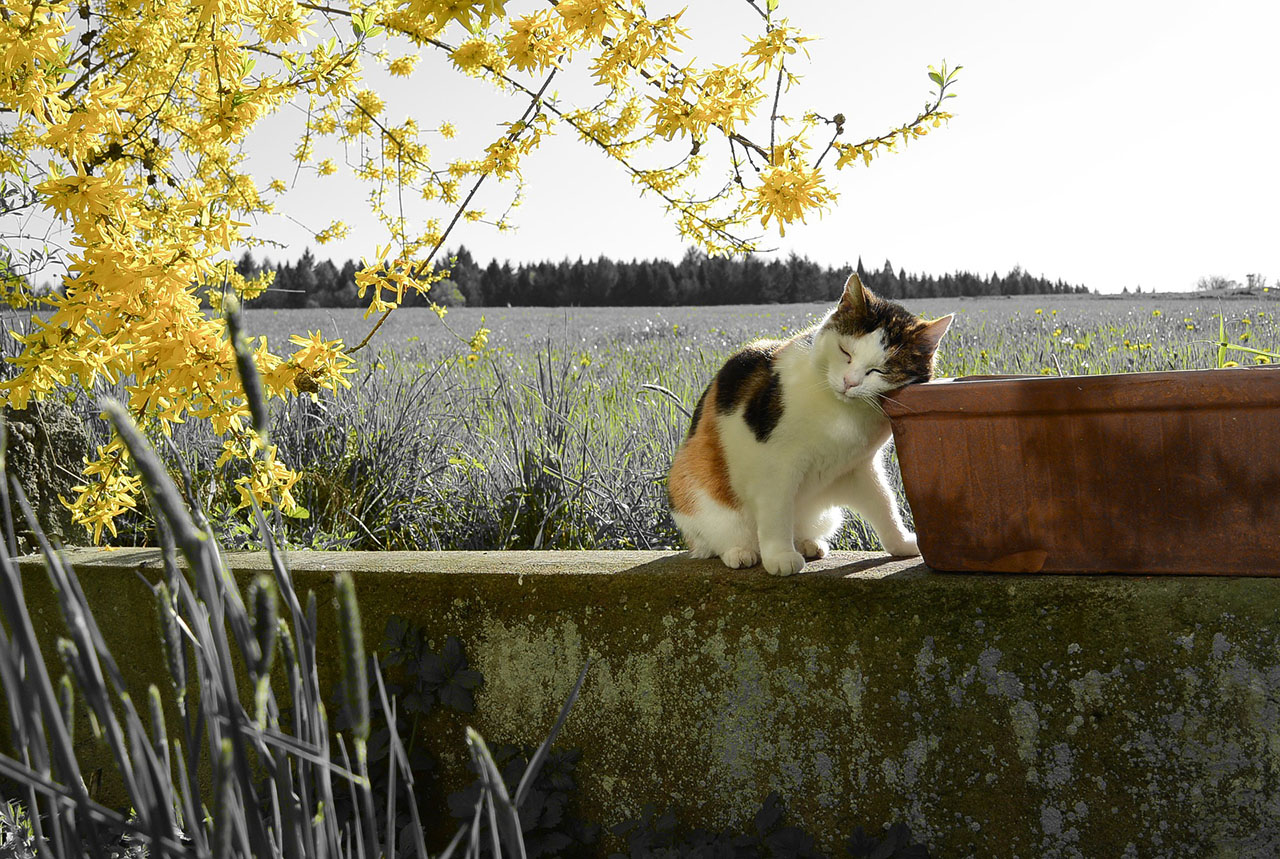A well-adjusted cat is not terrified of car rides, nor does it object to grooming and handling. However, these sanguine felines are made, not born. In order to raise a cat that can handle travel, medical examinations, handling and grooming, you should start young – as soon as you bring Kitty home, in fact.
Socializing your cat is an important part of its care. Many people neglect this area of their cat’s education, resulting in an animal that is thrown into significant trauma whenever it is taken out of the home environment. You can avoid this by following a simple regime that accustoms your cat to travel, handling, new people and new environments.
Adjusting Your Cat To New Experiences

When you bring Kitty home, every experience is a new experience! Try to introduce them gradually, though, and keep introductions to resident pets and young children short and controlled rather than overwhelm a kitten who has just left its mother for the first time.
However, as your kitten grows in confidence, it should be introduced to the entire family and friends, to accustom it to new people. And that’s not all. In order to raise a confident kitten, you need to socialize it like you would a puppy. This means walking outside to bring as many situations into your kitten’s life as possible.
Wait until your kitten gets its last set of shots. While you are waiting, you can teach Kitty to like its new harness and leash.
Accustoming Your Kitten to Leash and Harness
Many people view cats as household-specific pets. It is rare that the average cat owner socializes a kitten like they would a puppy. As a result, many cats are terrified of experiences beyond that of their home environment. This creates a vicious cycle, as the only time these cats are exposed to new experiences, it is often negative: to the vet for shots, to the groomer’s to be dematted, etc.
Exposing your kitten to the outside world under supervision is the best way to prevent stress associated with travelling or going to routine vet and groomer appointments. Of course, you should not allow your kitten to wander outside without supervision and you’ll need to control it. A properly fitted harness and leash is the best way to safely control your kitten.
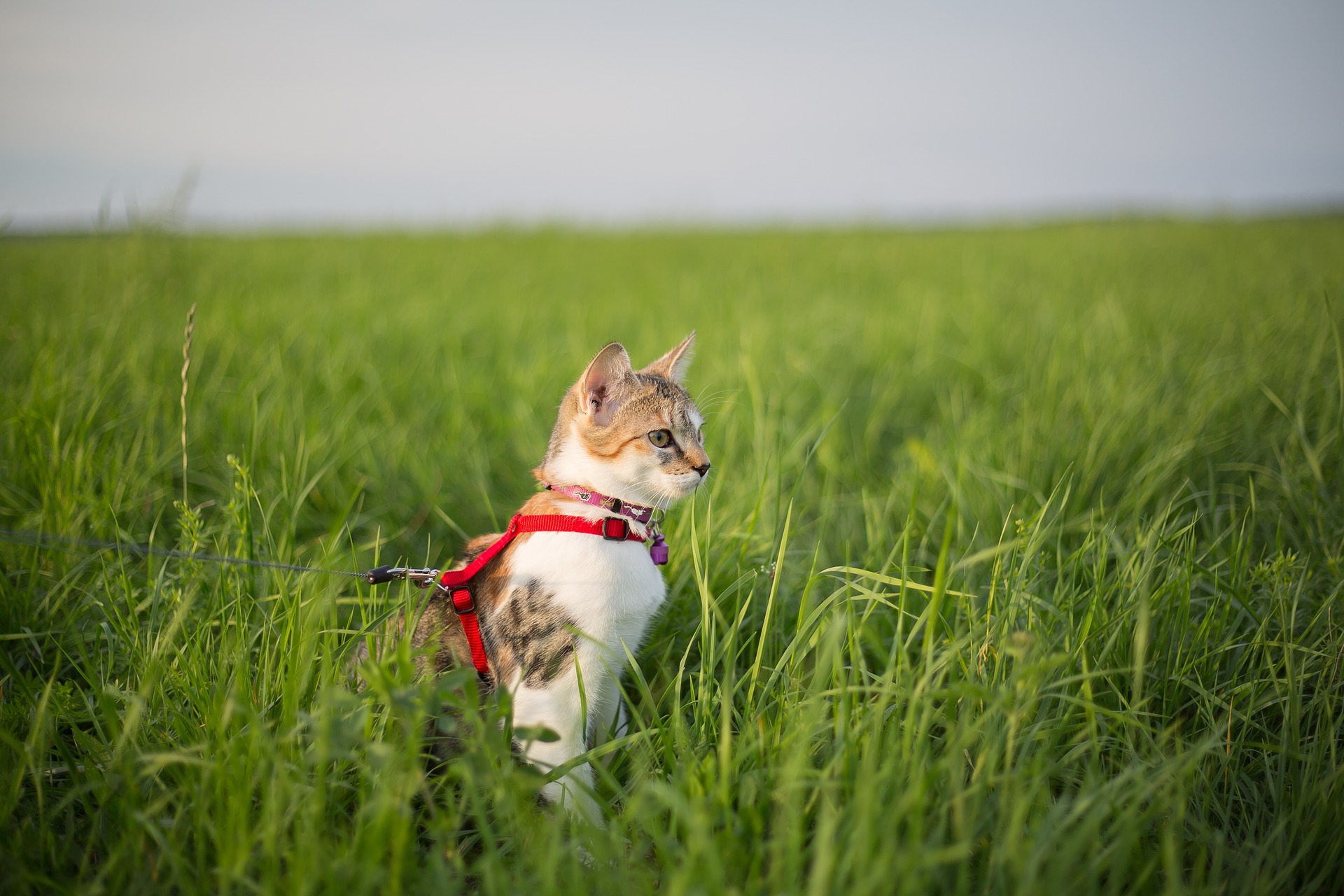
Purchase a properly sized harness. You can check the fit of a harness by sliding a finger underneath it. You should be able to fit a finger underneath the harness, but not much more. There are a number of styles of cat harness available; try several on your kitten. Keep checking the fit as Kitty grows.
Bring the harness out at mealtimes and playtimes. Touch the kitten with it, play with the kitten, using it as a trigger (show the kitten the harness and then do something fun). Progress to putting it on the kitten and allowing it to run around the house a little.
Once your kitten is confident with the harness, you can start adding the leash and encouraging Kitty to go where you want him or her to with treats and encouragement. Avoid using the leash or harness to jerk your kitten where you want him or her to go; this will just build up negative associations with the walking setup. Instead, use positive reinforcement to influence your kitten’s actions.
Your Kitten and the Car
Take your kitten with you on short trips to get it used to the sound, smells and movement of the car. Bring treats along to reinforce the idea that the car is a safe place. This helps ensure that the kitten learns that the car is a home – the more bonded your cat is to the car, the less likely it will try to escape from it and the less it will view it as a sign of bad experiences to come.
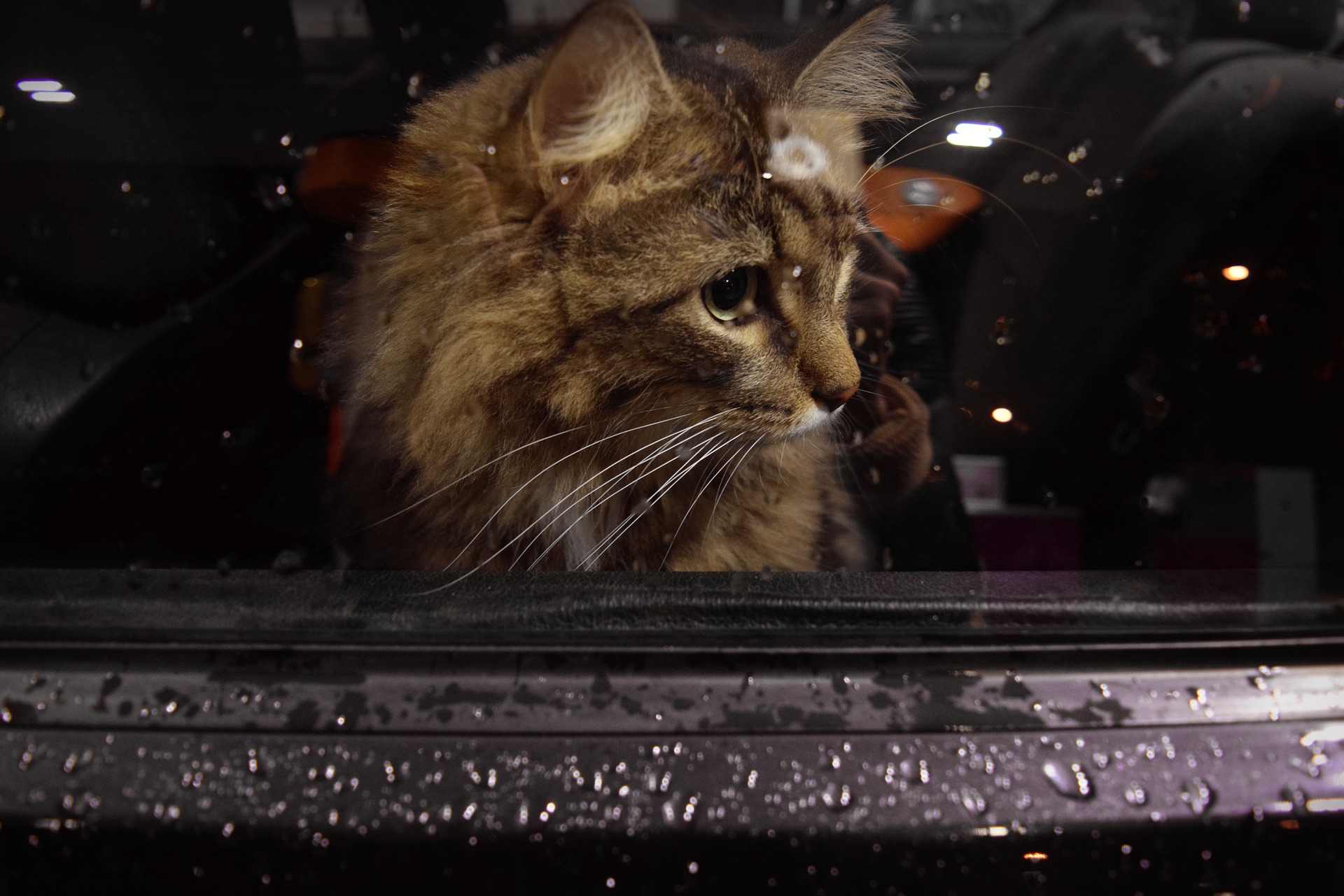
A crate is a good investment for the traveling cat owner. It keeps your kitten from interfering with driving. Also, if you get into an accident, the crate helps protect your cat from injury. Buy a size that reflects how big your kitten will one day be.
It might help to take short trips to the groomer and veterinarian. Drive your kitten to the vet, go inside the office, give a treat and go home. Do this before and after appointments. After a few experiences like this, your kitten may view the vet’s office as a fairly benevolent place where only once or twice did it get stuck with poky bits or examined. The same goes for the groomer. Once the kitten realizes that most of the time it just gets a treat and then goes home, it’s easier to get it through the door.
Related: Reduce Your Pet’s Fear of Vets and Groomers
Accustoming Your Kitten To Handling and Grooming
You can start early by handling your kitten every day, especially its feet, legs and tail. A good routine makes regular handling a part of the good things in Kitty’s life. When Kitty gets fed, perhaps feet get picked up or the tail gets gently brushed. When Kitty gets attention or play, handling and grooming should be part of that positive interaction.
Accustom your cat to having its feet and toes manipulated. This is useful later if you want to clip Kitty’s nails. Once your kitten is confident with having its feet held, gently separate a toe or two and then offer a treat. Progress to manipulating the nails as well.
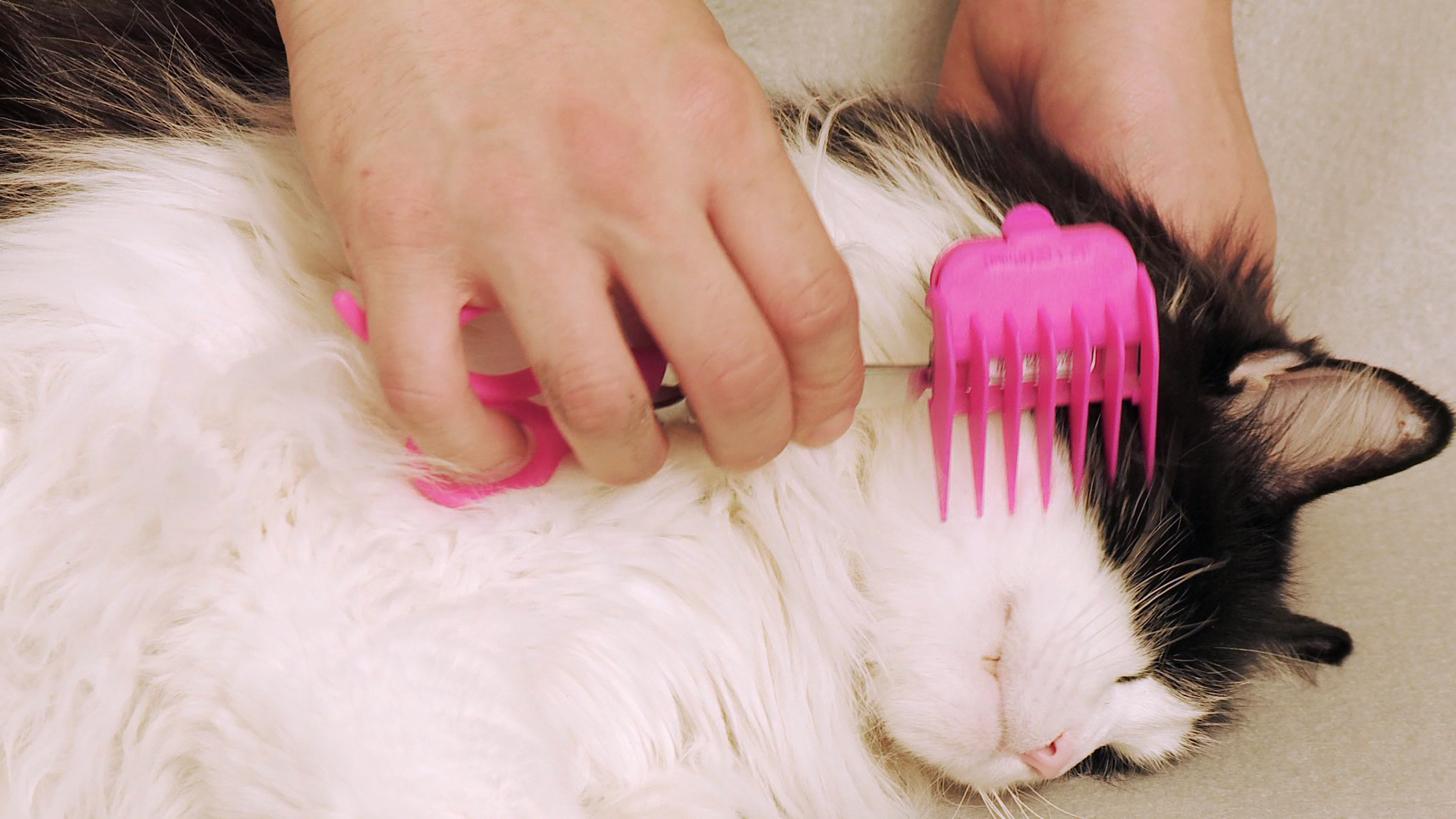
Your cat should be brushed regularly, even if it is not a particularly longhaired cat. Even medium-haired cats can get fur balls. Regular grooming and sometimes clipping can help keep these at a minimum. Brushing and combing are also a good way to check your cat out for parasites, injuries or illness.
Accustoming your long- or medium-haired kitten to bathing is also recommended. For cats with long hair, the occasional bath can help remove dirt and tangles, making brushing and combing easier. Giving your kitten a regular bath with special treats will help make bath time a better experience for everyone as time goes by.
Related: Safe Sanitary Grooming Tips for Dogs and Cats
The average healthy kitten will have no problem assimilating handling and grooming into its daily life. However, if you adopt a kitten from an abusive or neglectful background, you may run into challenges. Most of these can be overcome with patience and positive persistence.
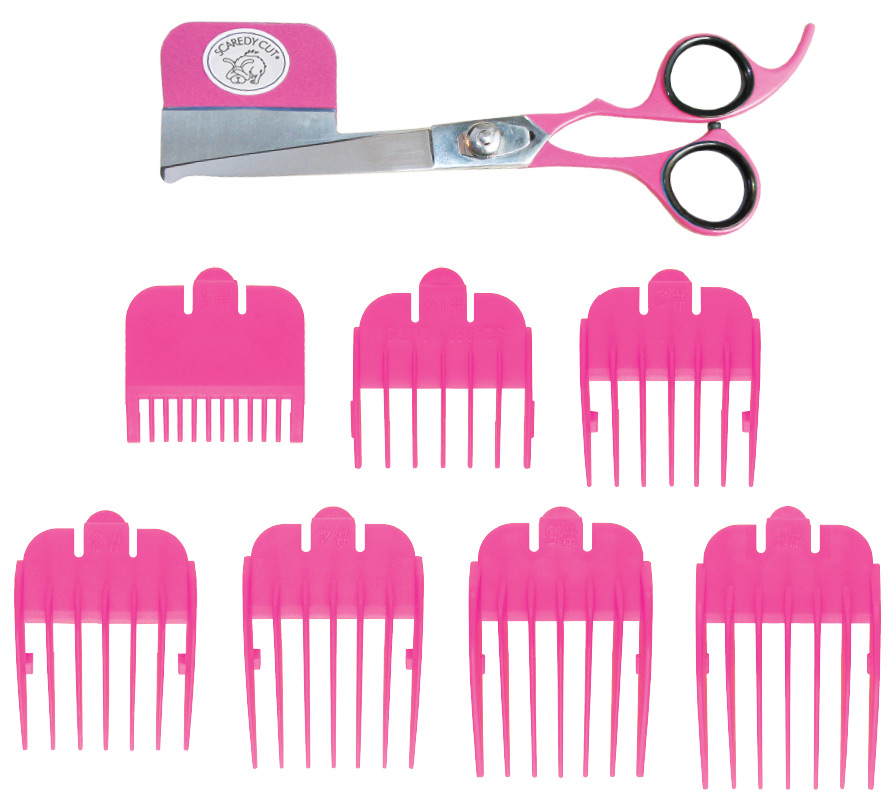
The Scaredy Cut Alternative
Scaredy Cut offers a gentle, non-invasive method of grooming your cat so that its fur keeps neat and clean. While most kittens will readily learn that electric clippers mean them no harm, many cats cannot abide the items, no matter how much cajoling they get. In this case, Scaredy Cut can be a good alternative. The comb attachments mimic the cat’s own grooming strategies and can even be a calming influence on nervous or under-socialized animals.

